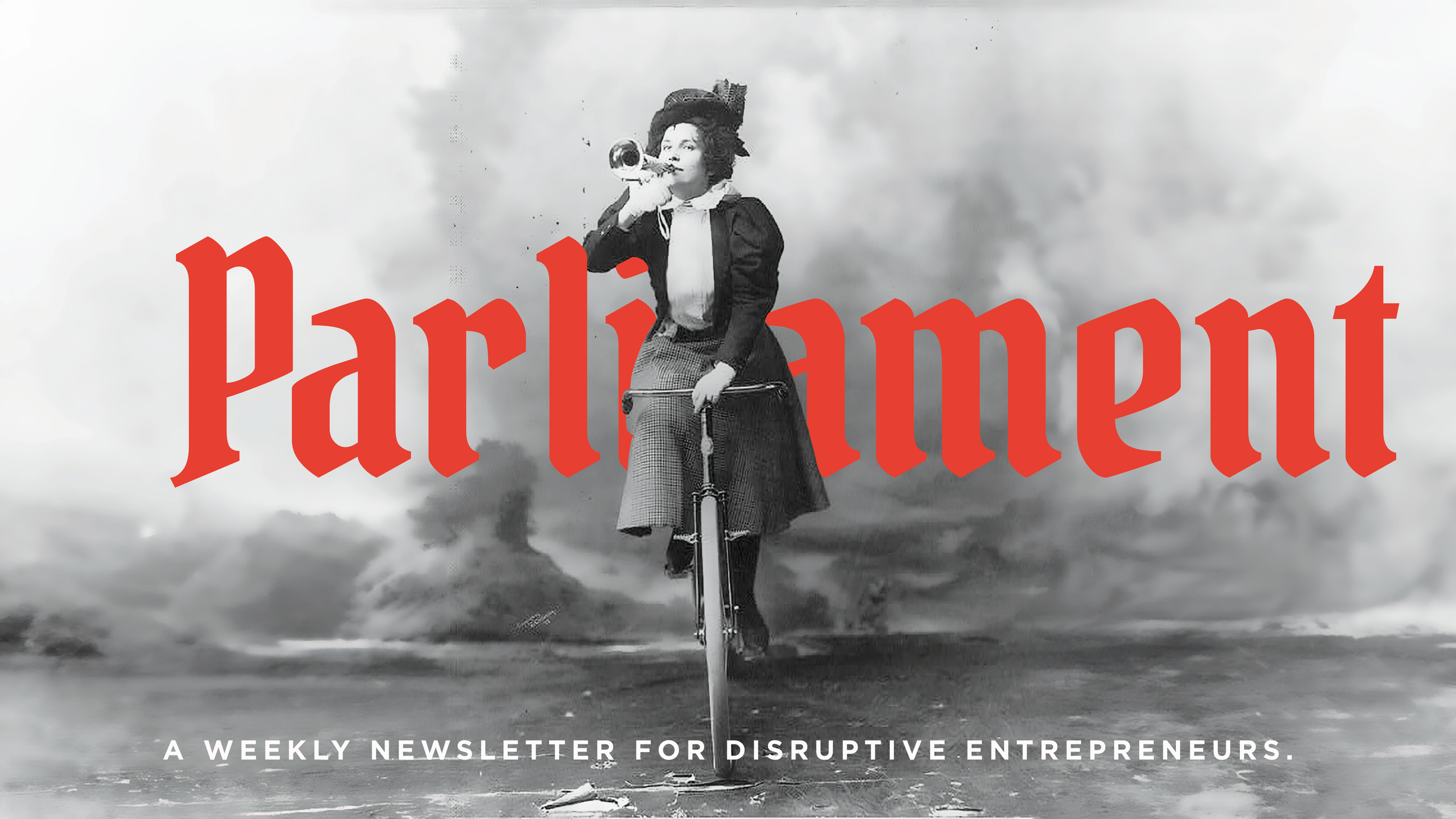Parliament | The Part-Time Revolution
Rethinking How We Work (And Why It Matters)
Let's talk about something that's been simmering beneath all the "return to office" debates: the untapped potential of purposeful part-time work.
The Current Landscape
The workplace conversation has become increasingly polarized. From Jamie Dimon's recent statements about in-office work to discussions of "Sneaky Fridays," we're seeing how complex building workplace culture really is. And here's the thing - every leader gets to build the culture they believe will drive success. That's what employer brand is about: attracting the right people and, yes, sometimes repelling others.
But in all this back-and-forth about where we work, we're missing a bigger conversation about how we work.
A Different Perspective on Part-Time
Why do we treat part-time work like a corporate curse word? Why do we automatically strip benefits from people who choose to work fewer hours? The math doesn't add up:
Companies need flexibility in staffing
Employees need flexibility in life (nothing is the same post covid)
Part-time workers often bring incredible focus and efficiency
Yet we've created systems that penalize this arrangement
The Hoot Experiment
We've been exploring what we call "Purposeful Part-Time" - and we're learning as we go. Here's what it looks like:
Clear expectations on both sides (no need for Sneaky Fridays)
Transparent communication about availability
The results? We're seeing:
18% turnover (industry standard for agencies is 30%)
Better work-life alignment
More efficient resource allocation (more profitability)
But let's be real - it's not all sunshine and rainbows. Building this kind of culture is hard. We've had our share of missteps and continue to adjust. The key has been maintaining open dialogue about what's working and what isn't.
A Better Way Forward
What if we stopped treating part-time work as a compromise and started seeing it as a strategic advantage? Here's what that might look like:
For Employers:
Access to high-quality talent who need flexibility
More efficient resource allocation
Reduced overhead costs
Higher engagement during working hours
For Employees:
Clarity about expectations
Access to benefits
Professional growth opportunities
Better work-life integration (sometimes this is necessary for only a period of time)
Making It Work
Creating successful part-time arrangements requires intention and clarity:
Maintain open communication channels
Regular check-ins and adjustments
The Bottom Line
There's no one-size-fits-all solution to workplace structure. What works for a global bank might not work for a boutique agency - and that's okay. The key is being intentional about the culture you're building and transparent about expectations (it sounds to me like Jamie Dimon was fairly clear :)
Whether you're all-in on in-office culture or exploring hybrid models, consider this:
Could purposeful part-time work solve some of your organizational challenges? Could it open doors to talent you're currently missing?
Because at the end of the day, work arrangements shouldn't be about ideology - they should be about creating value for both the organization and the people who power it.
Let's stop sneaking and start speaking candidly about what we need from each other.
Sometimes, that might mean fewer hours but better work. And isn't that what we're all after anyway?
What's your take on part-time work? We'd love to hear your thoughts and experiences as we all navigate this evolution together.
Artwork by Nya McClain, article by Senior Art Director, Bri Thomas
The Hidden Power of Office Energy: Why Creative Spaces Need More Than Just Good Coffee
Let's talk about something that doesn't show up in your agency's profit and loss statements but impacts every creative decision made within your walls: office energy. Not the kind that keeps your lights on, but the intangible force that either ignites creativity or smothers it before it can spark.
The Truth About Creative Energy
Here's something we've learned at Hoot Design Company: creativity isn't a solo sport. It's a collective dance, and the energy in your space is the music everyone moves to. When that energy is off, even your most talented creatives will struggle to find their rhythm.You can have the most beautiful office space, the most ergonomic chairs, and the fanciest coffee machine, but if the energy is stagnant, you're just working in a pretty box. And let's be honest – pretty boxes rarely produce groundbreaking work.
Creating Spaces That Spark
Creative energy isn't accidental – it's architected. At Hoot, we've built our environment around intentional cultivation. Here's what that looks like in practice:
Collective momentum: We kick off each project with full-team energy sessions. Everyone brings their perspective, their coffee, and their creative spark to the table. Structured critique:
Every creative review starts with "What's working?" before "What needs work?" This shifts the energy from defensive to collaborative.
Permission to play: Our best ideas often come from unexpected places. We create space for spontaneity between the sprints and deadlines.
Energy over ego: When the team's energy is high, the work soars. We prioritize maintaining that collective momentum over individual achievements.
The Path Forward
Want to transform your office energy? Start by asking yourself:
Does your space encourage spontaneous collaboration? Are your people energized when they leave, or merely exhausted? Does your environment reflect your creative ambitions? Is joy evident in your daily operations?
The Bottom Line
Here's the unconventional truth: the energy in your creative space isn't just about mood – it's about money. When your office energy is right, you'll see it in your work, your client relationships, and ultimately, your results.


